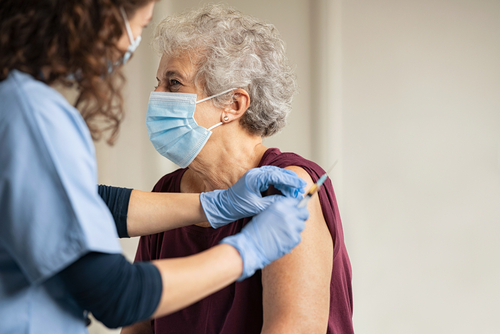
The federal government announced Wednesday that it would purchase an additional 100 million doses of the Pfizer/BioNTech COVID-19 vaccine to be delivered next year.
Coordinated through the U.S. Departments of Health and Human Services (HHS) and Defense (DoD), Pfizer will have to meet several milestones under the new agreement. The company will have to deliver at least 70 million doses of the BNT162b2 vaccine by June 30, 2021 and guarantee full delivery no later than July 31, 2021. The agreement also includes options for an additional 400 million doses of the Pfizer vaccine.
“Securing more doses from Pfizer for delivery in the second quarter of 2021 further expands our supply of doses across the Operation Warp Speed portfolio,” said HHS Secretary Alex Azar. “This new federal purchase can give Americans even more confidence that we will have enough supply to vaccinate every American who wants it by June 2021.”
The latest agreement brings the total doses of Pfizer’s vaccine purchased by the federal government to 200 million.
The vaccine was authorized for emergency use by the U.S. Food and Drug Administration earlier this month. All doses purchased by the government are being provided to those in need at no cost.
At the same time, HHS and DoD have penned an agreement for $356 million with Merck to support the development and manufacturing of a new COVID-19 therapeutic for patients hospitalized by COVID-19: MK-7110. The fusion protein and immune modulator offers the potential to minimize the damage effects of a body’s overactive immune response to COVID-19. The funding will help Merck pursue emergency use authorization (EUA) and deliver up to 100,000 doses by June 30, 2021.
Interim analysis of a Phase 3 clinical trial in September indicated that patients who received a single dose of the therapeutic had a 60 percent greater chance of clinical recovery than those who received a placebo, according to HHS. Preliminary analysis also showed that the treatment potentially reduces the risk of respiratory failure or death by 50 percent compared to the standard of care.




